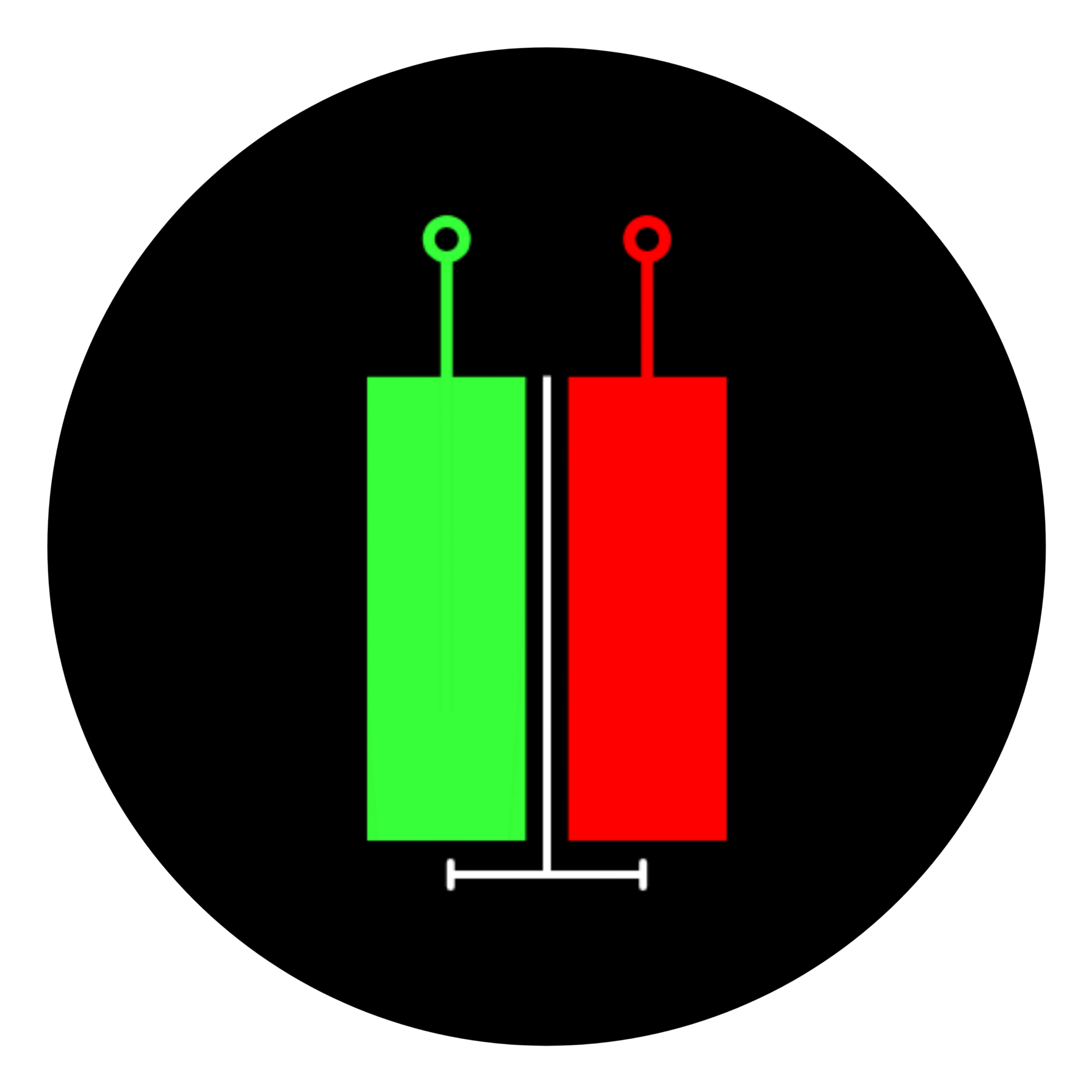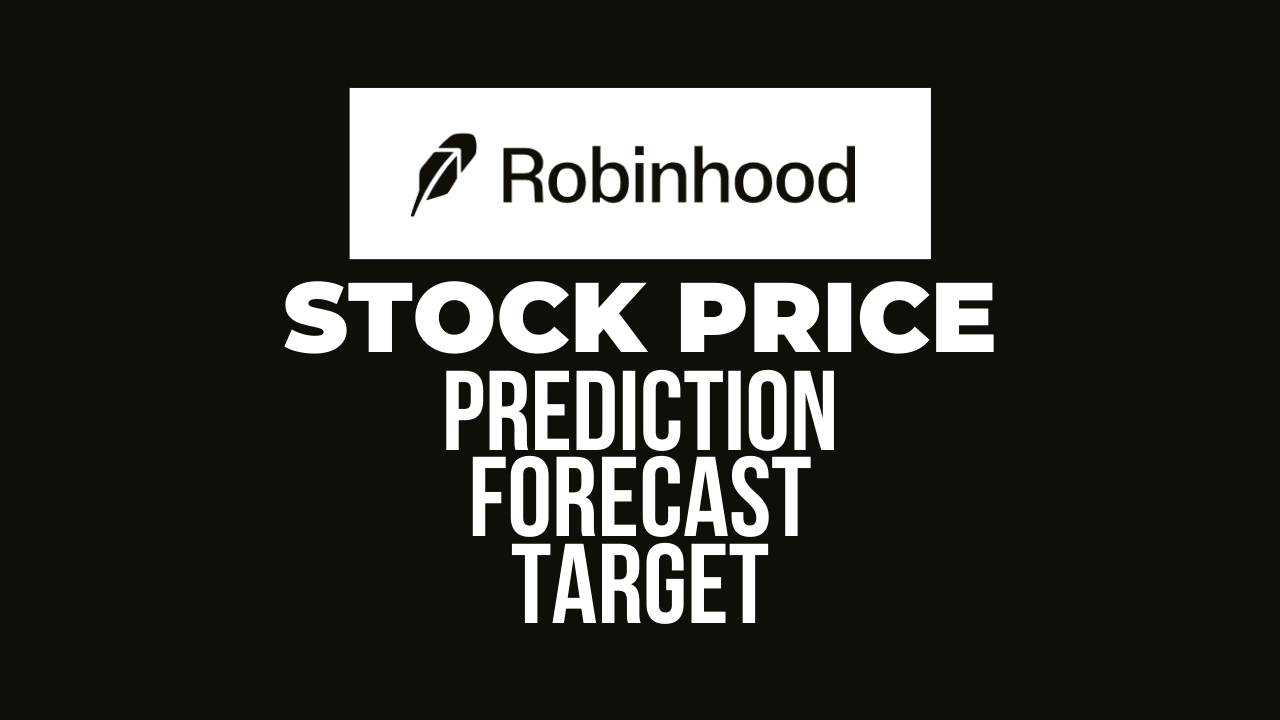Robinhood Markets Inc. (HOOD) has become a game-changer in the financial world. It has grabbed the attention of many investors with its zero-commission trading in stocks and cryptocurrencies, along with its easy-to-use app. In this article, we’ll break down Robinhood’s business, its place in the financial industry, future growth potential, and predicted stock prices for the years ahead. The goal is to give you a clear and balanced look at what the future might hold.
Table of Contents
Company Overview
Robinhood Markets Inc. is a fintech pioneer that has redefined retail investing by making it accessible to the masses. Below is a detailed overview of its key attributes:
| Detail | Information |
|---|---|
| Company Name | Robinhood Markets Inc. |
| Sector | Financials |
| Industry | Capital Markets / Financial Services |
| IPO Year | 2021 |
| Stock Exchange Listed | NASDAQ |
| Founded By | Vladimir Tenev, Baiju Bhatt |
| Established In | 2013 |
| Specialization | Commission-Free Trading, Investment Platform |
Robinhood was founded in 2013 by Vladimir Tenev and Baiju Bhatt. It is based in Menlo Park, California. The company went public in July 2021 on the NASDAQ. It quickly became popular for its mobile app that lets users trade stocks, ETFs, options, and cryptocurrencies without paying any commission. With a mission to “democratize finance for all,” Robinhood has attracted millions of mostly young users.
Despite regulatory hurdles and market fluctuations, its continuous expansion into new services—like cash management and AI-driven tools. This shows how important it is in the finance world.
Stock Prices Are Driven by Fundamentals in the Long Run
Stock prices go up and down for many reasons, such as how well a company is doing, the overall economy, and investor feelings.
For Robinhood, key factors include:
- Earnings Performance: For example, in Q4 2024, Robinhood made over $1 billion in revenue, which helped boost investor confidence.
- Economic Conditions: Things like interest rates and inflation affect how much people trade and join the platform.
- Market Sentiment: Retail investor participation and trends in cryptocurrency trading heavily influence HOOD’s valuation.
These basic factors work together with overall market trends to decide how Robinhood’s stock will move in the future.
Sector Overview
Robinhood works in the Financials sector. This part of the economy includes banks, investing companies, and fintech apps. It plays a big role in moving money around and growing through new technologies.
What Affects This Sector:
- Regulations: Government rules can help or slow down companies like Robinhood.
- Economy: When the economy is strong, people invest more. When it’s weak, they invest less.
- Technology: New tools like AI and blockchain are changing the way people use financial services.
In recent years, the Financials sector has changed a lot, mostly because of digital tools and more people trading from their phones. In 2024, Robinhood bought Pluto Capital, a company that uses AI for research. This move shows how Robinhood is improving its services.
As of April 2025, Robinhood reported having 25.9 million funded customers, showing strong growth.
Industry Analysis
Robinhood is part of an industry that includes trading platforms, brokers, and investment firms. It’s competing with big names like Charles Schwab and Fidelity.
Robinhood is different from companies like Charles Schwab and Fidelity because it doesn’t charge fees, which helps it get more users.
Key Factors in This Industry:
- Market Volatility: When the stock or crypto markets move a lot, trading goes up.
- Competition: Older companies and new fintech startups make the space very competitive.
- Rules and Regulations: Laws about trading fees, data privacy, and crypto can affect how Robinhood works.
The industry is growing fast, thanks to more retail trading and more people buying digital assets. For example, in Q4 2024, Robinhood’s crypto revenue went up by 487% in just one quarter. That shows it knows how to take advantage of market trends. New features like 24/7 trading have also made it more attractive to users.
Must Read – The Very First Post You Should Read to Learn Cryptocurrency
Stock Growth and Fundamental Factors
The rise in Robinhood’s stock shows how well it is keeping up with its industry and the overall finance sector.
Since its IPO in 2021, HOOD has had its ups and downs.
This growth happened because more users are active, new AI features were added, and more people are getting into personal investing.
However, regulatory risks and competition pose challenges. For Robinhood to keep growing, it will need to make money from more than just trading—like through subscriptions, international expansion, or new financial tools.
Speculative Targets based on Technical Analysis
Using real-time financial data (current price: $62.96 as of May 19, 2025), technical analysis provides speculative price forecasts. Key indicators include:
- Moving Averages: A bullish crossover of the 50-day and 200-day averages suggests upward momentum.
- Support/Resistance: Support at $58.60 and resistance at $66.91 frame near-term movement.
- RSI: At 72.04, the stock is overbought, hinting at possible consolidation.
Speculative Long-Term Price Targets
Based on historical trends and a growth model:
- 2025: With current momentum, HOOD could hit $75 by year-end, ranging from $60 (conservative) to $85 (optimistic) depending on market conditions.
- 2030: Assuming a 10% annual growth rate, the price may reach $120, with a range of $90 (5%) to $150 (15%).
- 2040: Continued 10% growth projects $315, ranging from $195 (5%) to $600 (15%), contingent on sustained innovation.
- 2050: A 10% growth rate suggests $825, with a wide range of $330 (5%) to $2,400 (15%), reflecting long-term uncertainty.
These forecasts assume Robinhood maintains its competitive edge, though risks like regulation and market shifts could alter outcomes.
Long-Term Growth Prospects
Robinhood’s long-term outlook is promising yet nuanced. Strengths like its intuitive platform, commission-free trading, and appeal to millennials bolster its growth potential. Strategic moves—such as acquiring Pluto Capital and expanding globally—position it to thrive in a fintech-driven future. However, regulatory pressures, competition, and economic downturns present risks. If Robinhood diversifies successfully and capitalizes on sector growth, its stock could see significant upside. Investors should balance these opportunities with inherent uncertainties in this evolving industry.
Conclusion
Robinhood Markets Inc. (HOOD) stands at the forefront of financial innovation, blending sector resilience with industry agility. Its stock reflects robust fundamentals—earnings growth, user expansion, and technological edge—while facing volatility from external factors. Speculative targets ($75 in 2025, $120 in 2030, $315 in 2040, $825 in 2050) highlight potential, but long-term success hinges on navigating risks and seizing opportunities. For investors, HOOD offers a compelling yet cautious case, rooted in its mission to redefine finance for the modern era.
Disclaimer: The information provided in this article is for educational and informational purposes only. It should not be considered financial or investment advice. Always do your own research or consult with a qualified financial advisor before making any investment decisions. Please note that all price forecasts and stock predictions mentioned are speculative in nature. The cryptocurrency and stock markets are highly volatile and unpredictable. Past performance is not indicative of future results.

